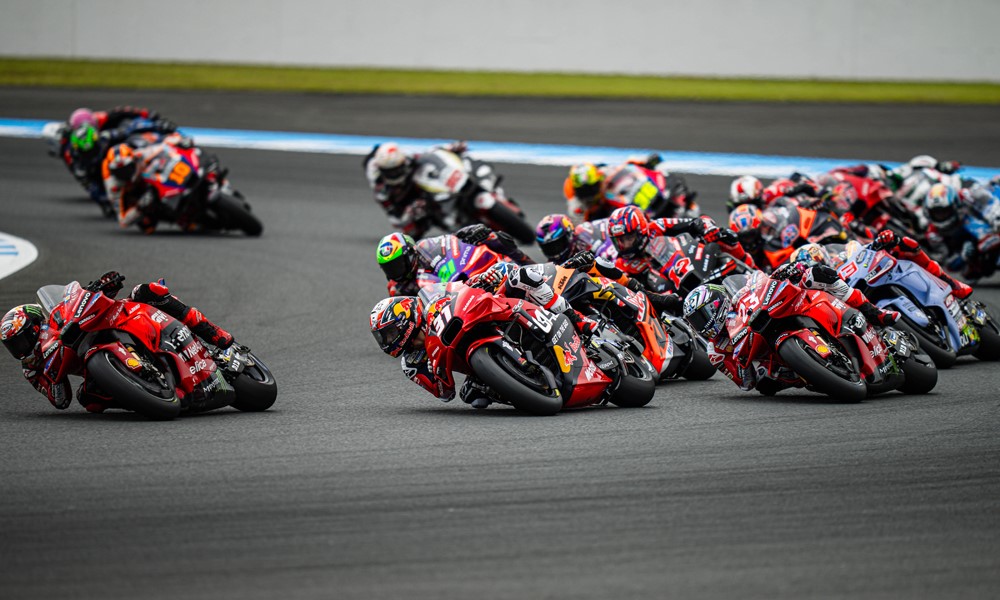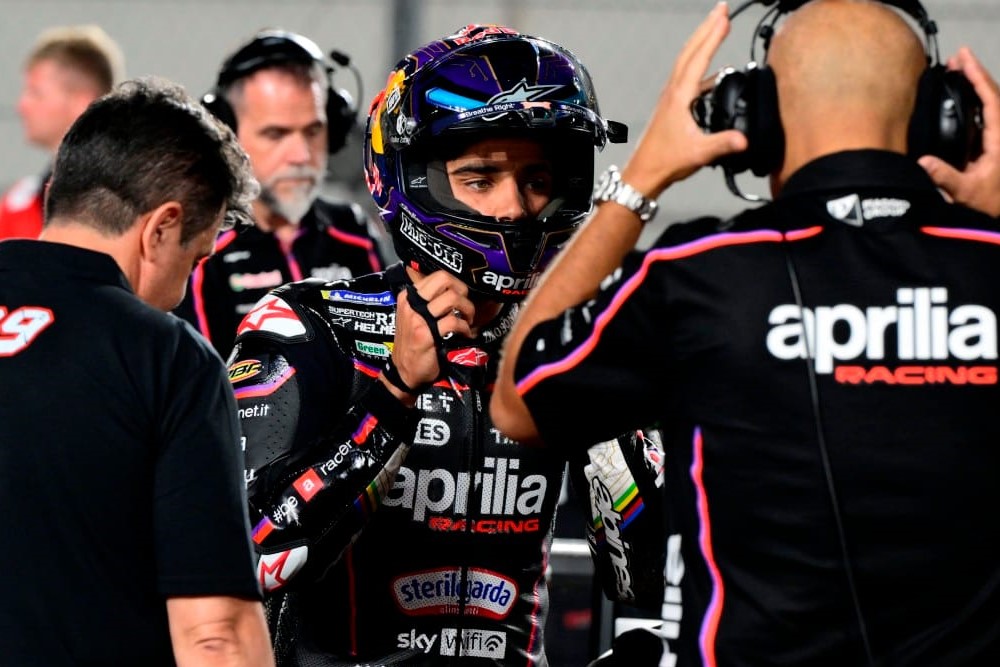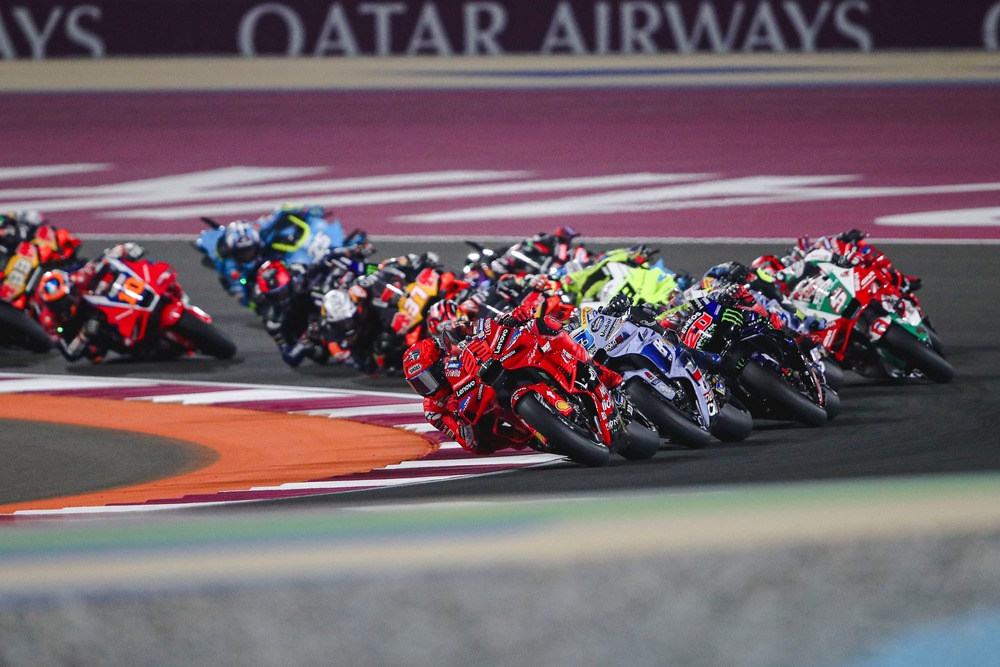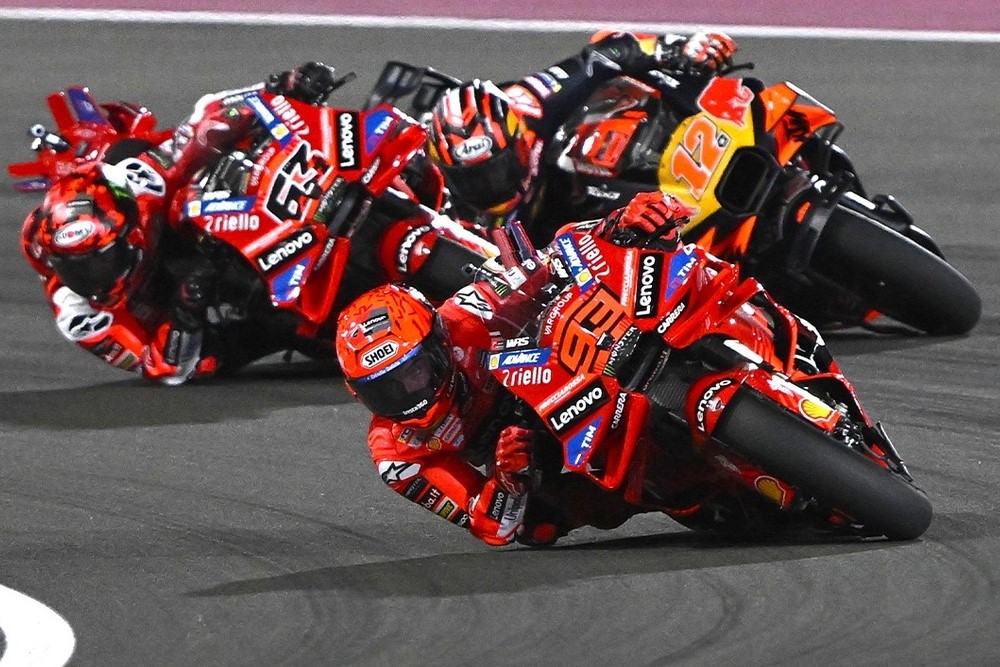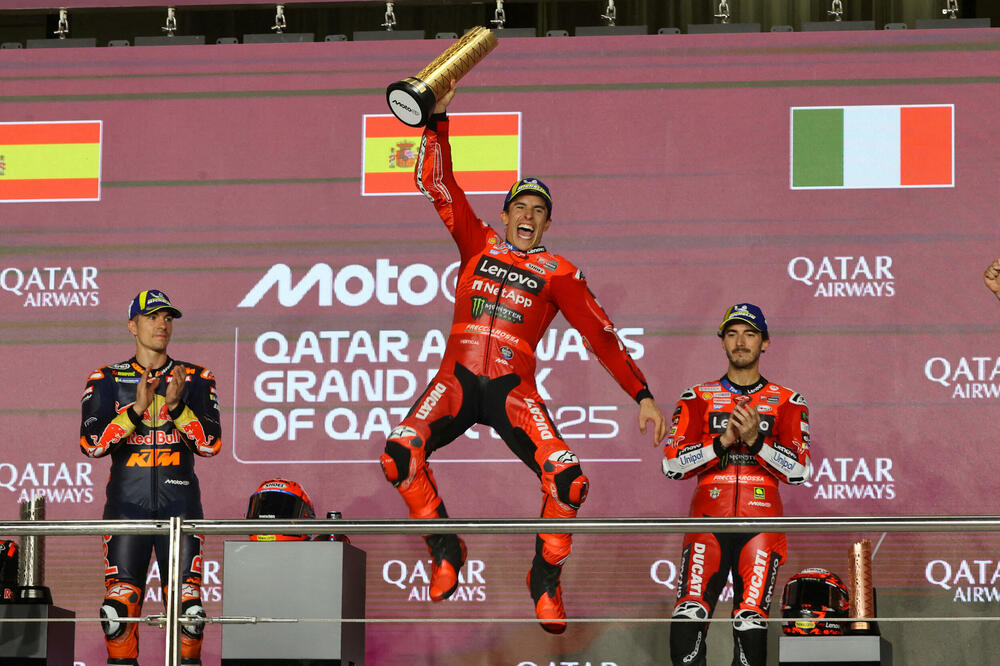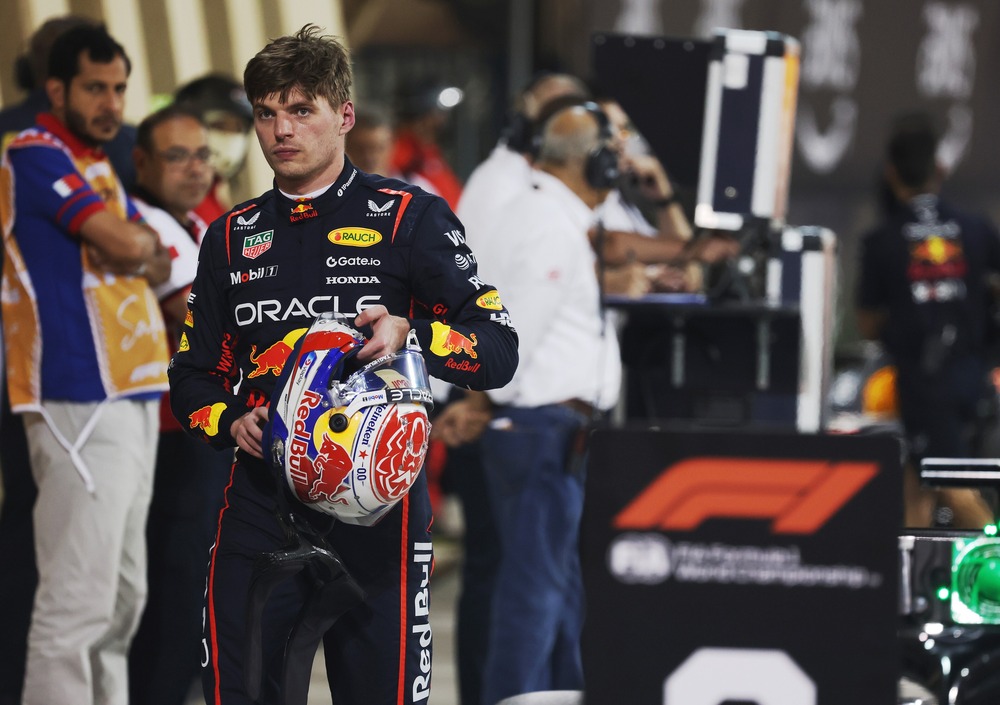The FIM has confirmed MotoGP engine specification freeze for the 2025 and 2026 seasons as teams prepare for the new era.
The decision is aimed at controlling costs and ensuring a level playing field among manufacturers and will see all teams utilizing their 2025 engine designs throughout the following season.
As MotoGP gears up for a major regulation overhaul in 2027, the freeze is designed to stabilize competition and allow teams to focus on developing new technologies for the next generation of bikes.
“Engine specification in the MotoGP class will be frozen for 2026, requiring all manufacturers to use their 2025 specification the following season,” the FIM statement read. “This is in order to control costs and maximise parity ahead of the introduction of the new regulations in 2027.
“Certain allowances may be made concerning corrections for safety or reliability, or proven nonavailability of components, providing no performance increase will be gained.”
The rationale behind MotoGP engine specification freeze is multifaceted. Primarily, it seeks to mitigate escalating development costs that have become a concern for many teams in the paddock.
By halting engine development for the final year of the current regulations, MotoGP aims to create a more equitable environment where financial disparities between teams do not unduly influence performance.
This strategy echoes previous measures taken during the COVID-19 pandemic when an engine freeze contributed to a highly competitive season, showcasing that even with limitations, thrilling racing can unfold.
However, not all manufacturers will be equally affected by this freeze. The concessions system currently in place allows certain teams, specifically those ranked in category D, to continue modifying their engines throughout both 2025 and 2026 seasons.
This system is designed to assist manufacturers that are struggling to keep pace with their competitors. For instance, Honda and Yamaha who have faced challenges in recent seasons may leverage this opportunity to make necessary adjustments while other manufacturers like Ducati and KTM will be locked into their specifications.
As we look ahead to the 2027 season, which promises a complete overhaul of engine specifications and a shift to 850cc engines, the implications of the current freeze become even more pronounced.
Teams will need to allocate resources efficiently as they transition into the new MotoGP era and the freeze serves as a strategic pause that allows teams to prepare for these upcoming changes without the immediate pressure of ongoing engine development.
However, the decision to implement MotoGP engine specification freeze was not made lightly; it required unanimous approval from all participating manufacturers. While it appears that all parties are on board with this initiative, some concerns linger regarding its impact on competitiveness.
For instance, Aprilia may find itself at a disadvantage if its 2025 engine does not deliver sufficient performance gains. The marque has high aspirations for contention in the championship but must now rely on an unaltered engine specification through 2026 season.
Conversely, manufacturers like Ducati are likely to welcome this freeze with open arms. With their current engine package performing exceptionally well, they have little reason to fear being overtaken by competitors during this period.
The stability provided by the MotoGP engine specification freeze could further solidify their position at the top of the standings as they prepare for the forthcoming regulatory changes.
Besides fostering competitive balance, the engine freeze also addresses broader concerns about sustainability and safety within MotoGP. The upcoming regulations for 2027 are expected to introduce innovations that boost both aspects significantly.
With engines being limited in size and power output, the focus will shift towards rider skill and team strategy rather than sheer horsepower. Additionally, the maximum number of engines allowed per rider will decrease from seven to six.
This aligns with MotoGP’s commitment to utilizing 100% sustainable fuel by 2027, which will increase from the current minimum of 40% introduced in 2024.

